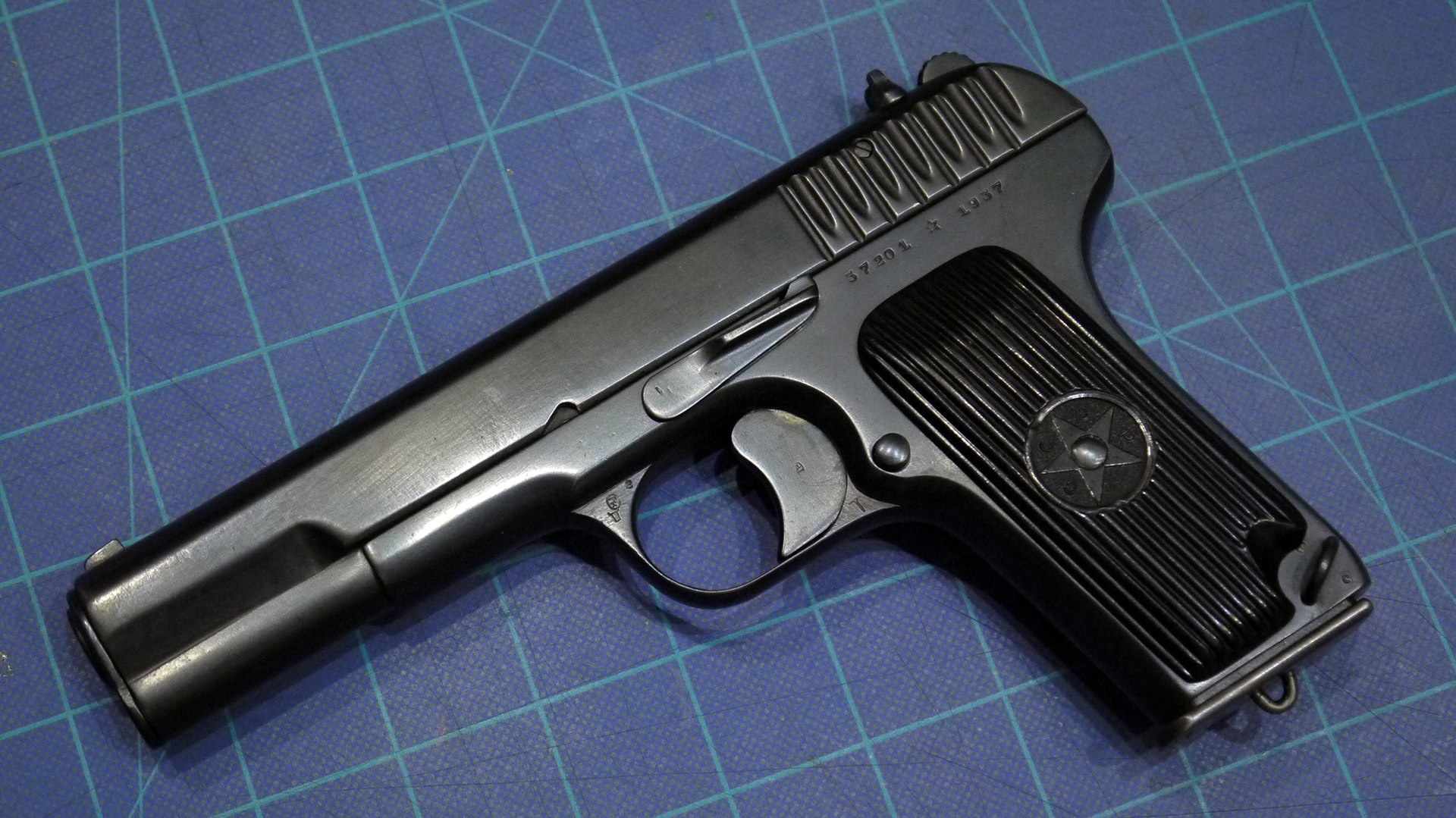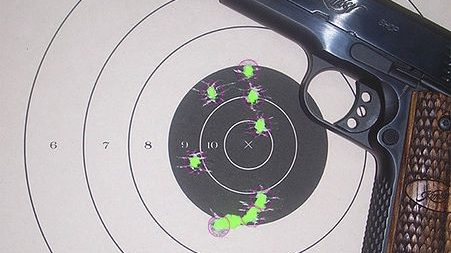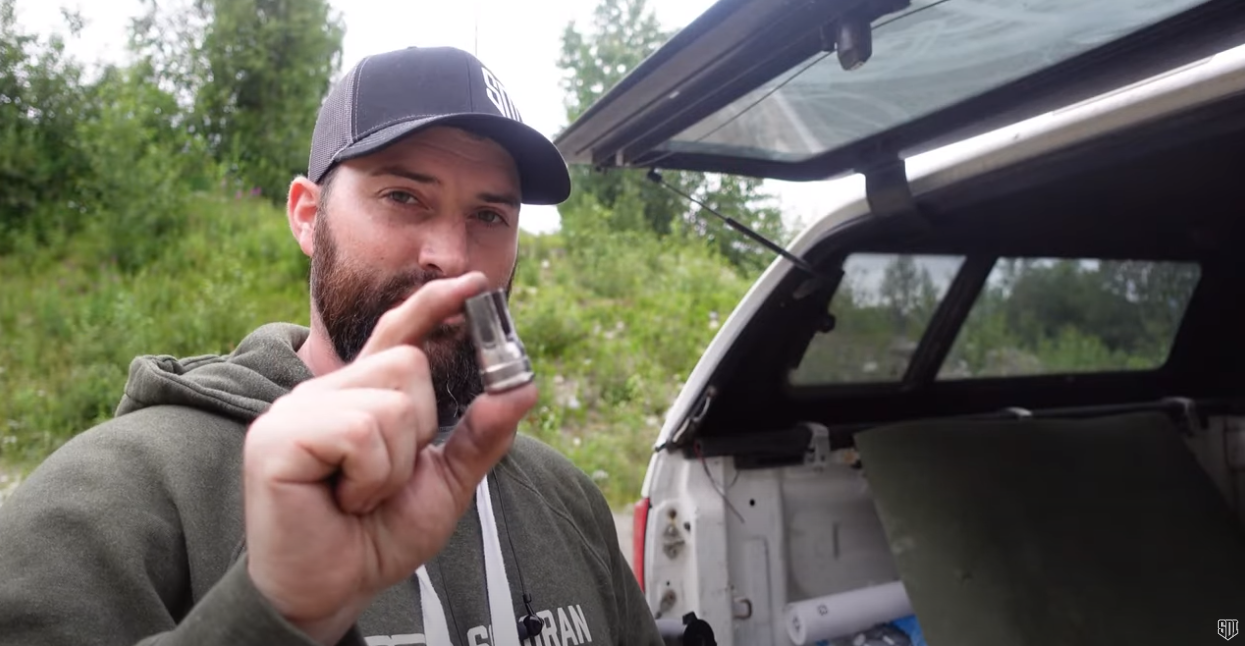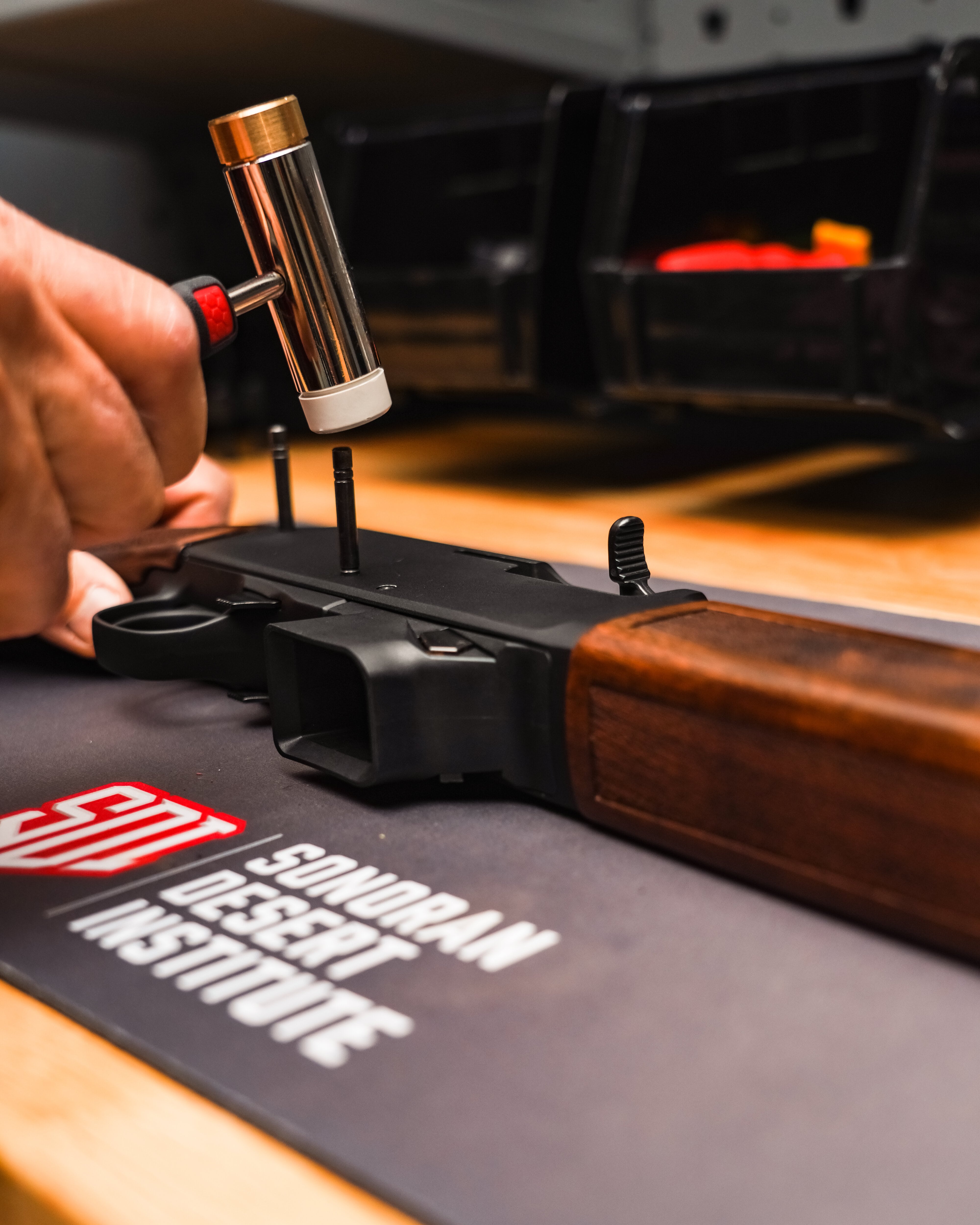
There’s a special way to put your hands on history, and that’s to collect vintage weapons. In the United States, the Bureau of Alcohol, Tobacco, and Firearms (ATF) has a special license called a “Curio and Relic” license, that’s designed for “firearms … which are of special interest to collectors by reason of some quality other than is associated with firearms intended for sporting use or as offensive or defensive weapons.”
One of those qualities is “their association with some historical figure, period, or event.” I’d say the Evil Empire itself qualifies as a period of interest. In fact, I’ve been known to sport an M91/30 myself at times.
The piece we’re highlighting this time is the Tula-Tokarev (TT) pistol.
What sets a Soviet weapon apart? You’ve got to have something that:
- A darn-near peasant farmer can operate.
- A darn-near peasant laborer can stamp or mill out of a piece of steel.
- Can withstand mother nature’s best attempt to reduce it to slag.
There’s a reason the surplus market has so many communist slug-throwers hanging around. Well, two reasons. One is that they were hoarding for world war three. But the second is that they are simple, hardy, and reliable.
The pistol that the TT series replaced was a unique design – the 1895 Nagant was the quintessential tsarist concoction.
First of all, there were two models – a single-action model for enlisted men and a double-action for officers. The theory was that enlisted men were prone to panic and squeeze off shots without aiming, but that officers could keep their heads and use a double-action effectively.
Second of all, the cylinder would scoot forward when it was fired, making the weapon one of the only revolver models that can mount a suppressor.
This obviously ridiculous weapon was replaced by a no-nonsense pistol that was eventually adopted all across the Communist Bloc.
The TT-30 and -33 were chambered in the 7.62×25 Tokarev pistol cartridge, the same that was used by the PPSh-41. It was a hot, hot round that went really fast, and as a result it was also very loud. It was also able to fire the Mauser 7.63x25mm round (think C96), which meant that the Wehrmacht used a lot of captured models during the Second World War.
Most every communist nation made their own variants, many of which are available on the surplus market even now – China, Hungary, North Korea, Pakistan, Poland, Romania, Vietnam, and Serbia, to name a few.
If you’re looking to pick one up, see if you can find the Hungarian model. They produced one for themselves and an export model for the Egyptians. They have a de-cocking lever that comes in handy. These variants are also sometimes chambered in 9×19 Parabellum, and they often have the best grips, too.
Also bear in mind that the safeties that are added to comply with U.S. import regulations are often put on badly, and so a lot of people just take them off to restore the pistols to their original condition.



